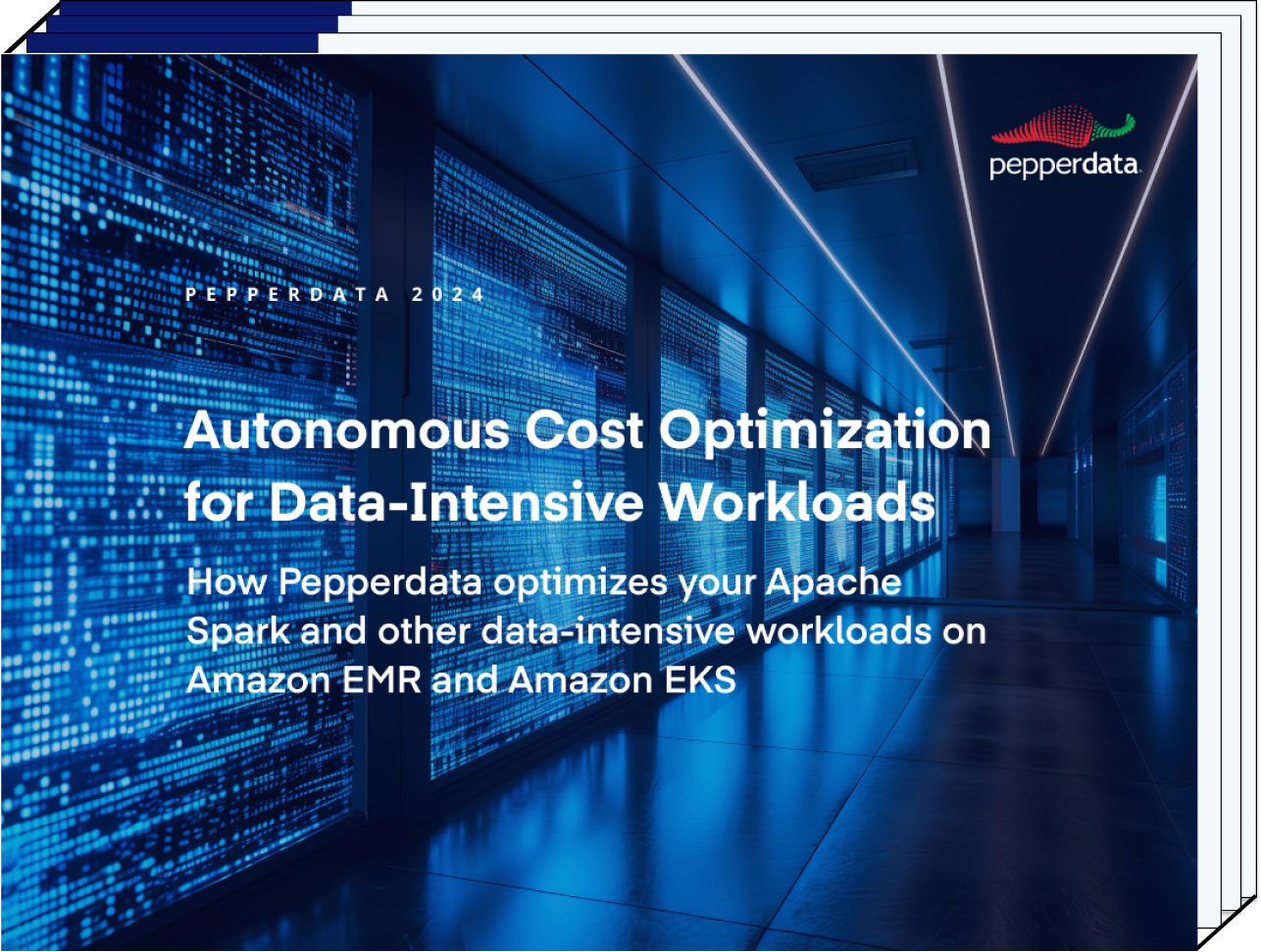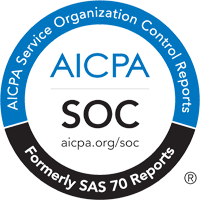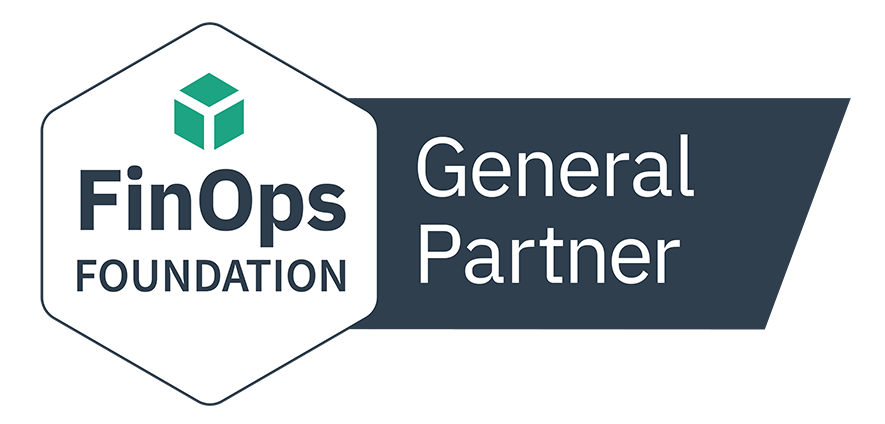Maximize the value of your Apache Spark workloads
Autonomously and continuously eliminate application inefficiencies with no manual tuning, no need to apply recommendations, and no changes to application code.
-

Immediately reduce instance hours and cost
Only pay for what you use when CPU and memory are optimized in real time.
-
Save engineering time and effort with no manual tuning
Reclaim hours of engineering time that can be reallocated to GenAI and AgenticAI projects.
-
Autonomously eliminate in-application waste
without code changesAutonomously eliminate in-application waste without code changes
Spark applications are inherently wasteful. Pepperdata eliminates in-app waste in real time.
How Pepperdata optimizes Apache Spark clusters

No matter where you run Apache Spark—in the cloud, on prem, or in hybrid environments—Pepperdata Capacity Optimizer saves you money by:
-
Automatically identifying where more jobs can be run in real time
-
Enabling the scheduler to more fully utilize available resources before adding new nodes or pods
-
Dynamically tuning the Cluster Autoscaler to respond to changing application workload needs
The result: Apache Spark CPU and memory are automatically optimized to reduce costs and increase utilization, enabling more apps to be launched for an average cost savings between 30-47%.
Autodesk reduced Spark costs by over 50% with
Pepperdata Capacity Optimizer
Autodesk reduced Spark costs by over 50% with Pepperdata Capacity Optimizer
Let us do the same for you.
Challenge
Autodesk experienced runaway costs as the team could not keep up with manually tuning its Spark on Amazon EMR workloads.
Solution
Pepperdata Capacity Optimizer autonomously tuned Autodesk’s Spark applications in real time for maximum resource utilization.
Results
Autodesk realized cost savings by over 50% for its Spark on EMR workloads, and automated manual tuning tasks to free the developer team for more innovative, high-growth projects.
TPC-DS benchmarks for Apache Spark
Reduced the total instance hours and related costs by 41.8% and enabled the entire workload to run 45.5% faster (October 2023)
Optimized resource utilization with a 157% increase in CPU utilization and a 38% increase in memory utilization (August 2021)
*TPC-DS is the Decision Support framework from the Transaction Processing Performance Council. TPC-DS is an industry-standard big data analytics benchmark. Pepperdata’s work is not an official audited benchmark as defined by TPC. TPC-DS benchmark results (Amazon EKS), 1 TB dataset, 500 nodes, 10 parallel applications with 275 executors per application.




